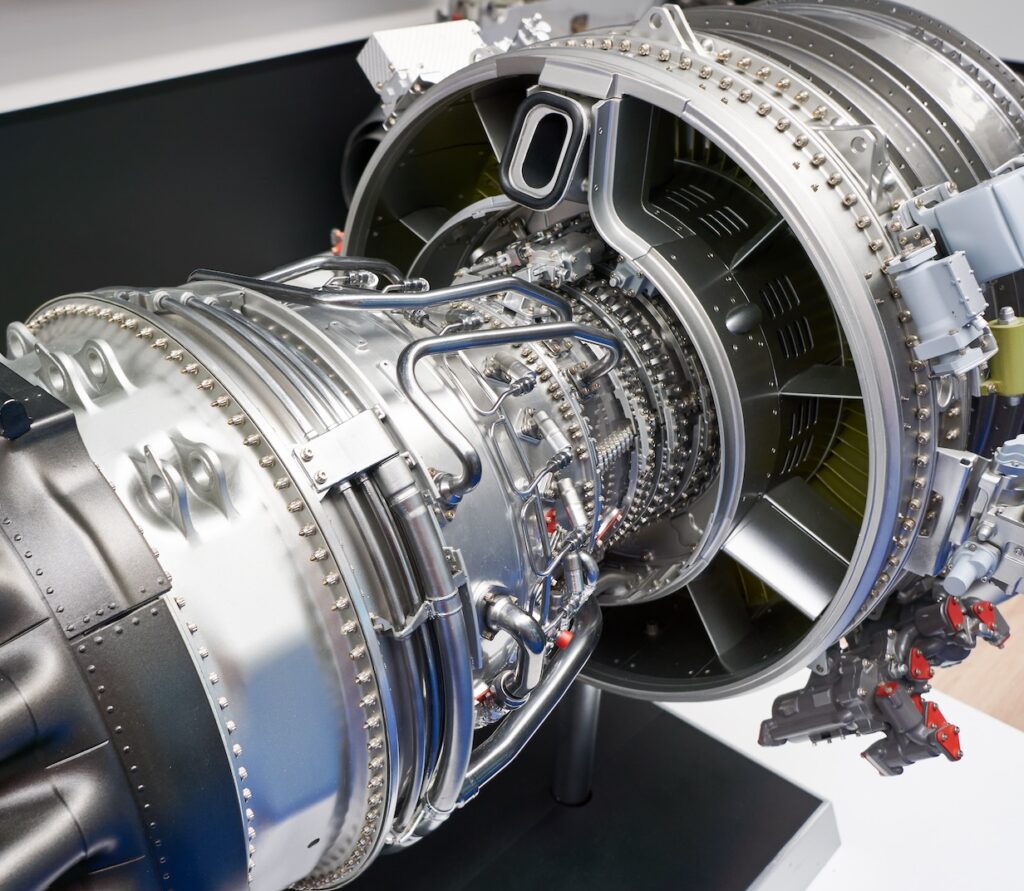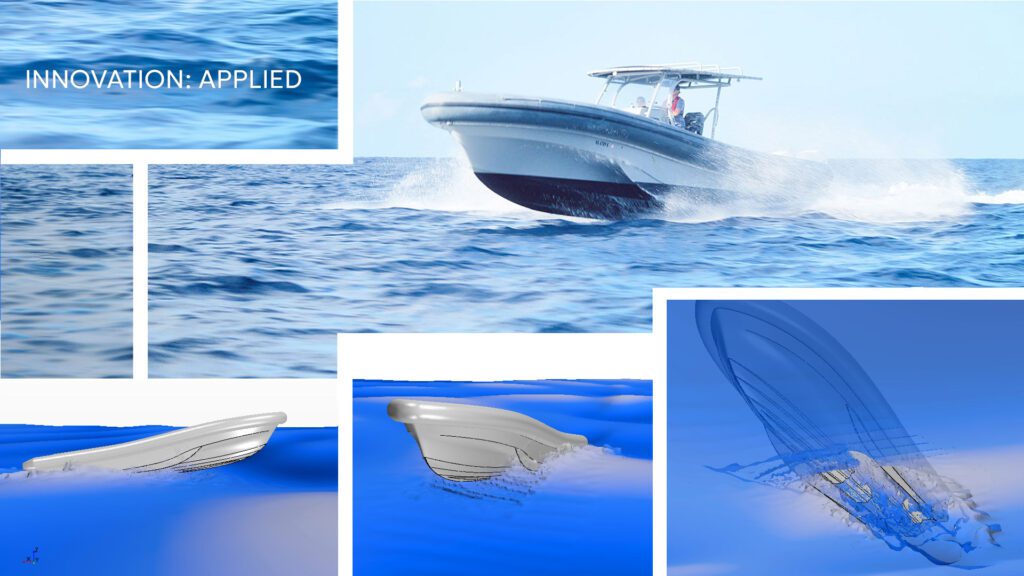Our CAE team’s latest CFD case study covers their work on a newly built recovery boiler to estimate operational temperatures, CO emissions, and NOx emissions. The recovery boiler is fueled solely by black liquor that is sprayed into the lower furnace.
The coal combustion model defined by Lagrangian particles was used in STAR-CCM+ to model the drying, devolatilization, and char burning reactions that occur to the black liquor. One challenging aspect of black liquor combustion is the droplets swell in size (4 to 5 times original diameter) during the drying and devolatilization reactions. These effects were captured by using customized functions to simulate particle swelling during combustion. Analysis results were comparable to results obtained from previous analyses on comparable boilers.








